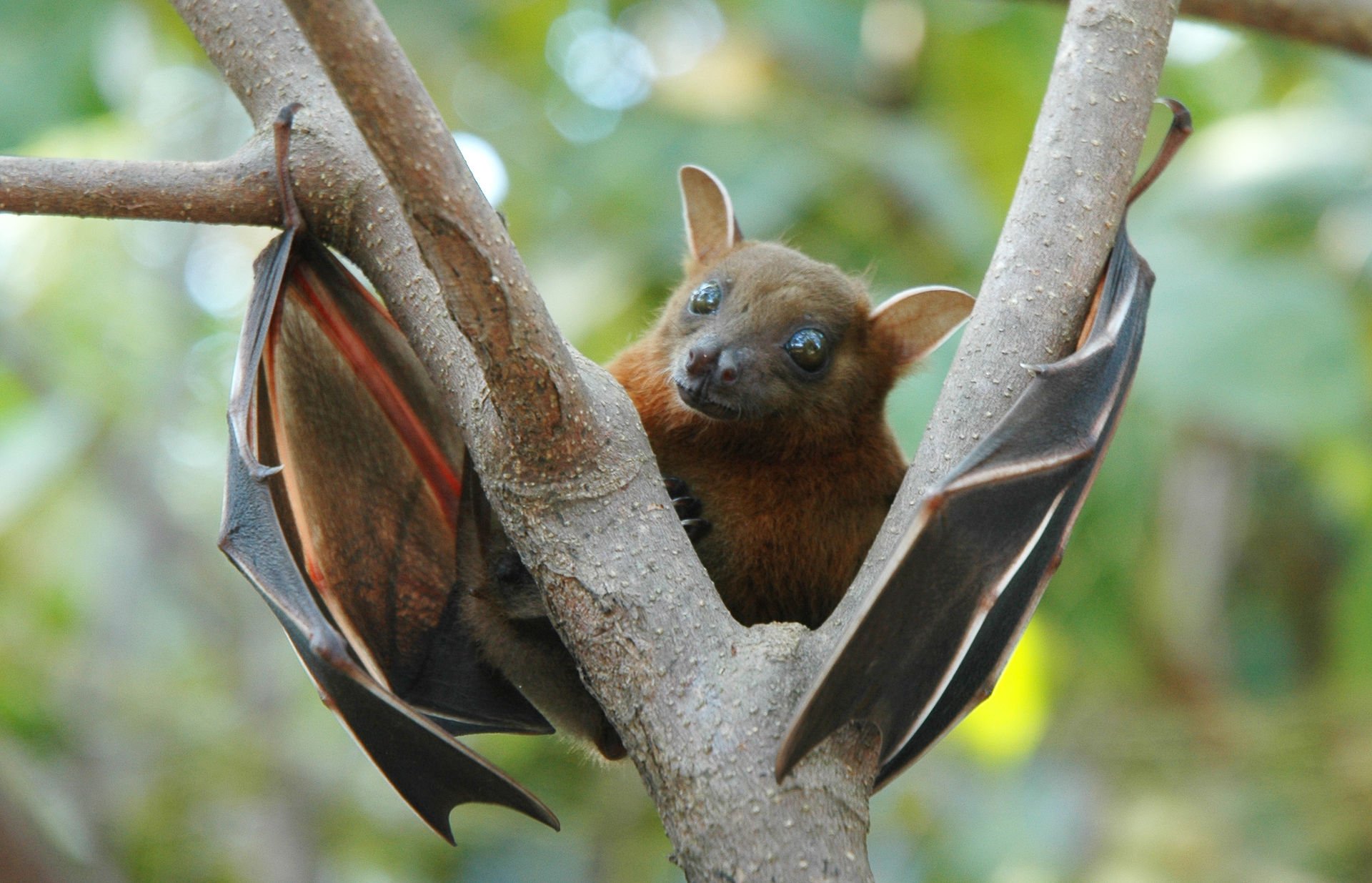India’s Kerala state has just faced an outbreak of Nipah virus. Seventeen people have died so far. That wouldn’t seem so serious, but only eighteen people were infected. To make matters worse, there is no known cure or vaccine for Nipah – all doctors can offer is supportive treatment while the victim’s immune system attempts to fight off the virus, which causes brain damage.
Nipah is a near perfect example of an emerging infectious disease. Its history and evolution follow the pattern of almost every new virus.
First of all, it’s not actually new. When we say Nipah is an “emerging” infectious disease, we mean that it is emerging into humans and domestic animals. The virus itself has been in existence for a long time; it’s not something that recently evolved out of nowhere. But it was only identified in 1998, when it first infected humans in Malaysia in the village of Sungai Nipah. In the 1970s, intensive pig farming started in Malaysia, with farmers expanding farmland into wild areas. Nipah, it turns out, was already present in fruit bats. Bats infected pigs, and then pigs infected people. 265 people were infected, and 40% of them died.
Next, Nipah is a Zoonotic disease. It circulates among animals, and can then infect humans. In this case, Nipah has a wild animal reservoir – bats – and when humans began to expand into bat territory, the infection spread. Ebola is the same way; it’s present among wild bats and every so often it spreads into the human population and then among people. As people take over the last wild spaces on the planet, we’re going to see more virus outbreaks like Nipah.
And, finally, like so many viruses, Nipah has no cure. Bacterial infections can almost always be treated or cured through some combination of antibacterial drugs. Viruses are much more difficult to target. HIV can be treated, not cured; the same is true of the herpes virus. There are drugs that treat the influenza virus, but their effectiveness is limited.
This Nipah outbreak was probably caused by bats. Pigs have been ruled out as the infection source. While the India health authorities have not yet identified Nipah in bats in Kerala, Nipah is present it bats all through South and Southeast Asia and it is challenging to identify viruses in wild animals like bats, especially since bats carry the circus without actually getting sick. It’s most likely that some unfortunate person came into contact with a bat or a fruit contaminated with bat saliva and was directly infected.
So far the Indian response has also been exemplary. The outbreak in India seems to be under control. The first cases were identified in Kozhikode district, and were promptly reported to the Indian Ministry of Health and the World Health Organization. The Ministry of Health sent a response team immediately to support response. The Kerala Department of Health and Family Welfare has identified and quarantined every Nipah patient, and they are tracing their contacts to identify people who may have been exposed.
This, though, is what the future looks like. Zoonotic diseases and human deaths, apparently out of the blue. When we’re lucky, the response will look like this too.
